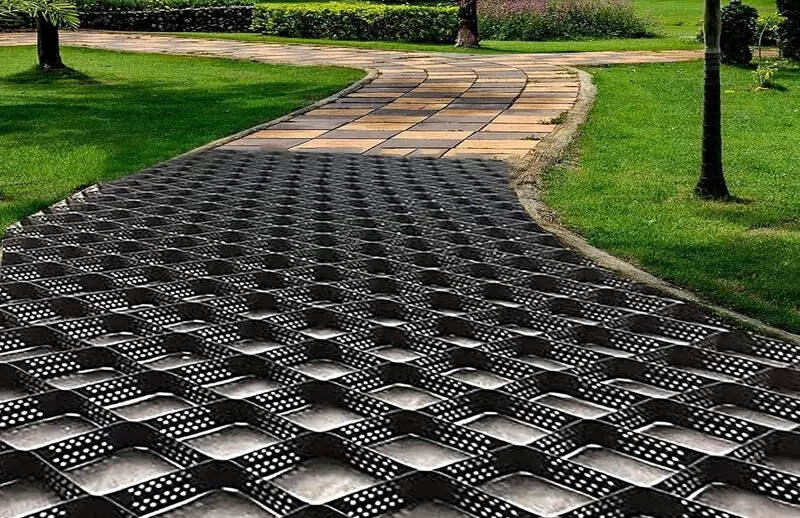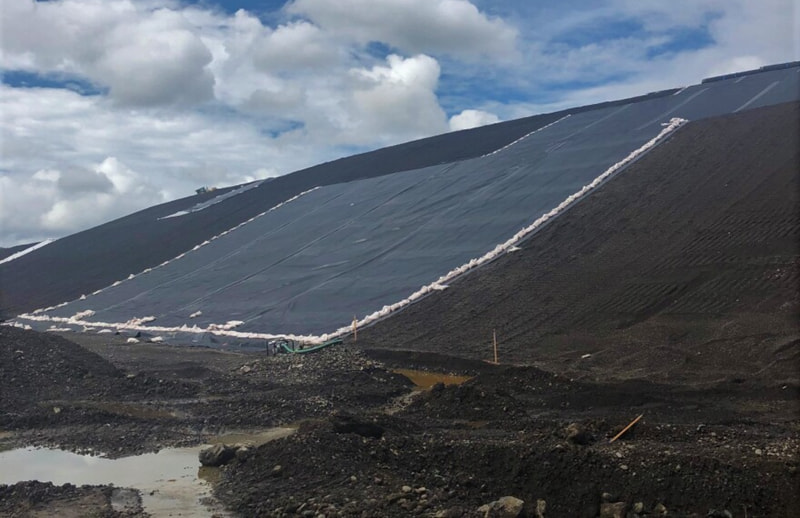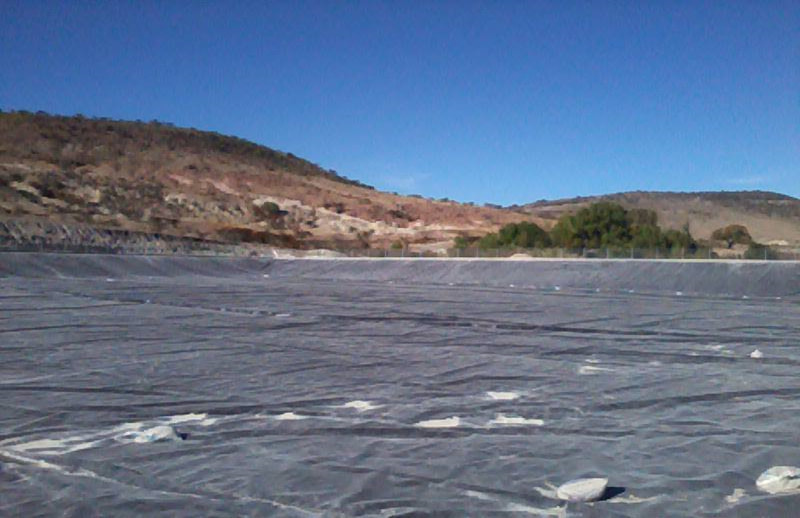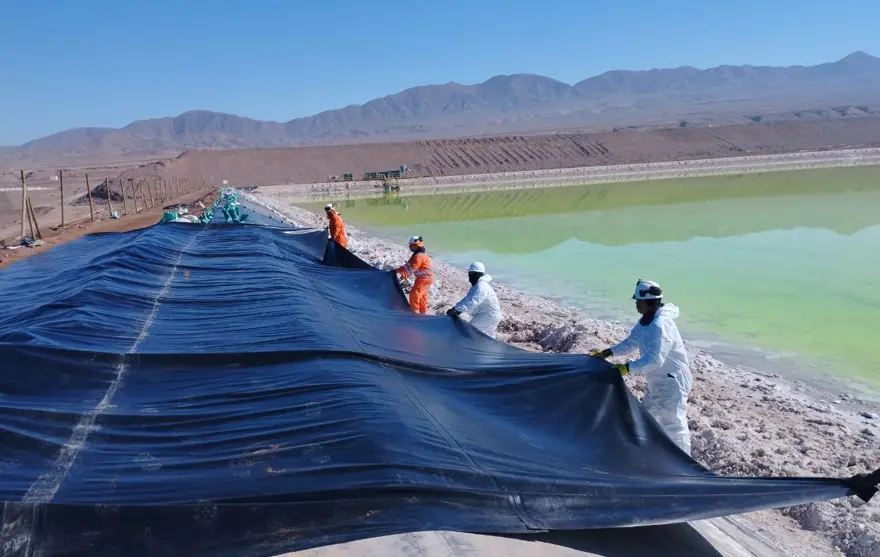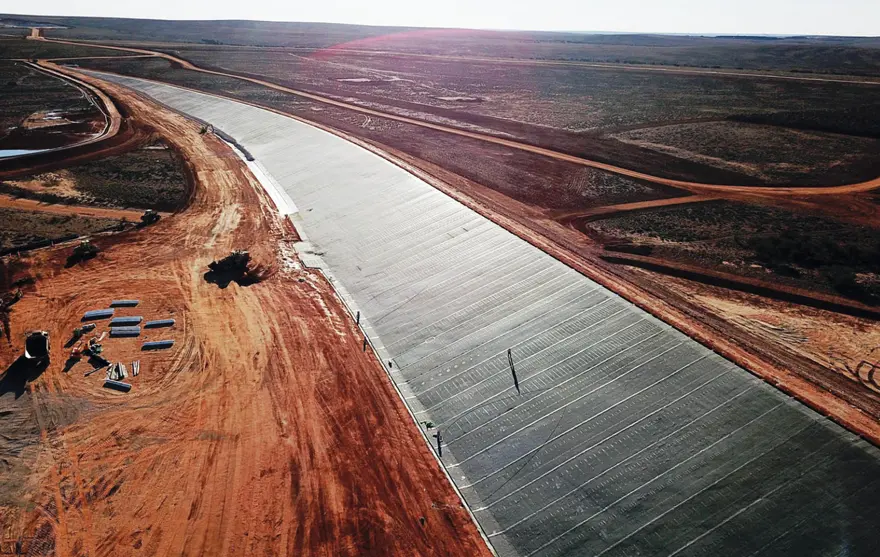
Geomembranes are synthetic membranes made of impermeable materials. They are widely used in various engineering and environmental applications due to their excellent waterproofing and containment properties.
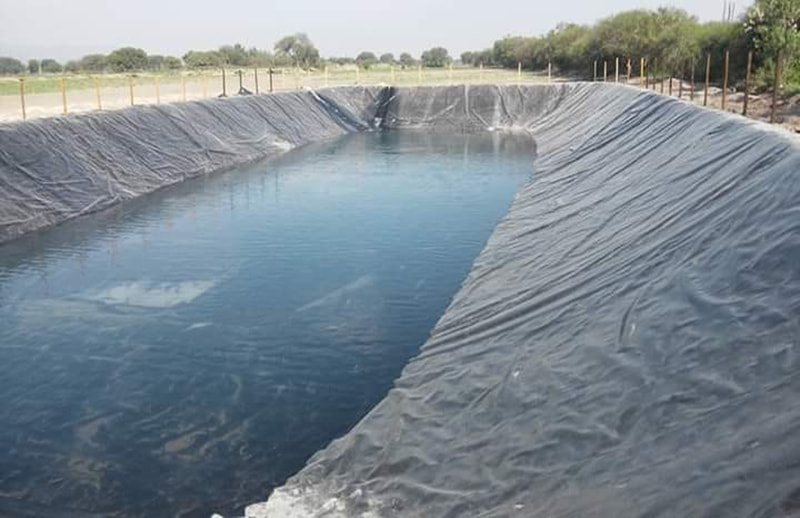
Water Containment
Reservoirs & Ponds: Used to line irrigation ponds, fish farms, and decorative water features to prevent seepage.
Canals & Ditches: Help reduce water loss in agricultural and industrial water channels.
Waste Management
Landfill Liners: Prevent leachate (contaminated liquid) from polluting groundwater.
Sewage & Wastewater Treatment: Used in lagoons and tanks to contain harmful liquids.
Mining Industry
Heap Leach Pads: Contain toxic chemicals used in metal extraction.
Tailings Storage: Prevent contamination from mining waste.
Environmental Protection
Contaminated Site Capping: Isolate polluted soil to prevent rainwater infiltration.
Secondary Containment: Used in fuel storage areas to prevent spills from seeping into the ground.
Civil Engineering & Construction
Tunnel & Roof Waterproofing: Protect structures from moisture damage.
Road & Railway Construction: Act as moisture barriers to enhance soil stability.
Agriculture
Silage Covers: Preserve animal feed by blocking air and moisture.
Hydroponics & Irrigation Systems: Ensure efficient water use.
Due to their versatility and reliability, geomembranes play a crucial role in modern engineering, environmental protection, and resource management.
